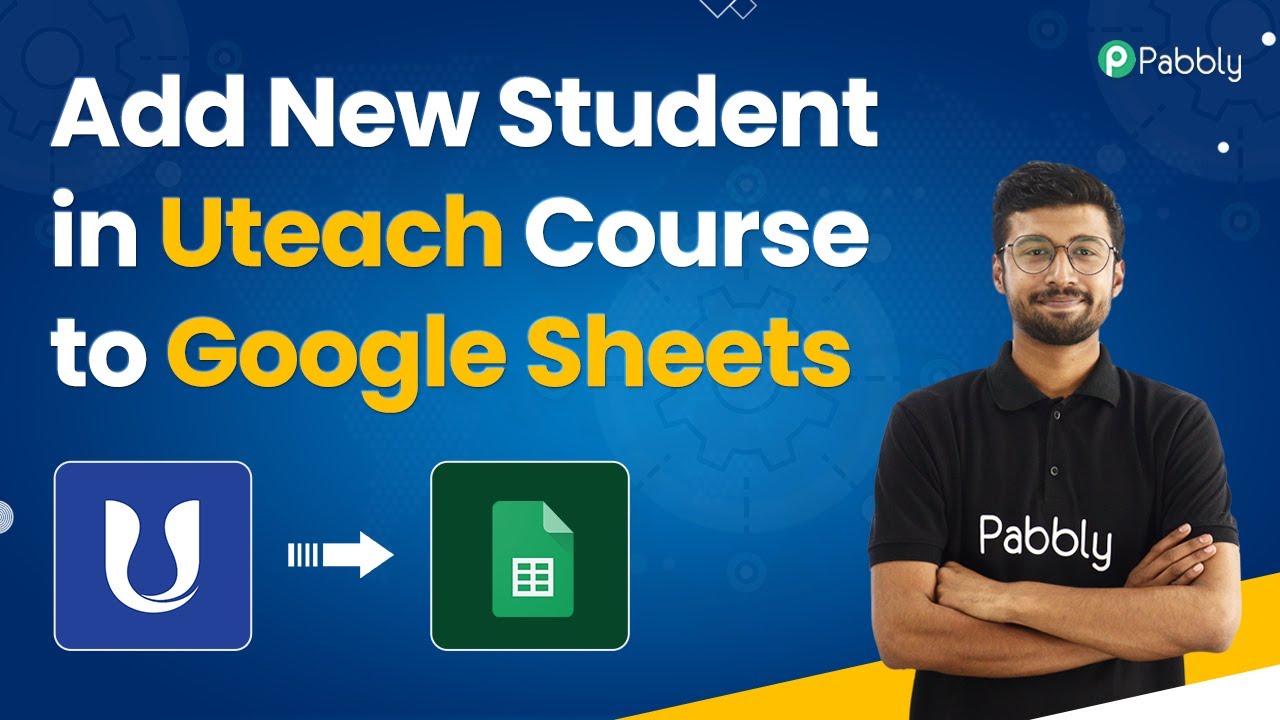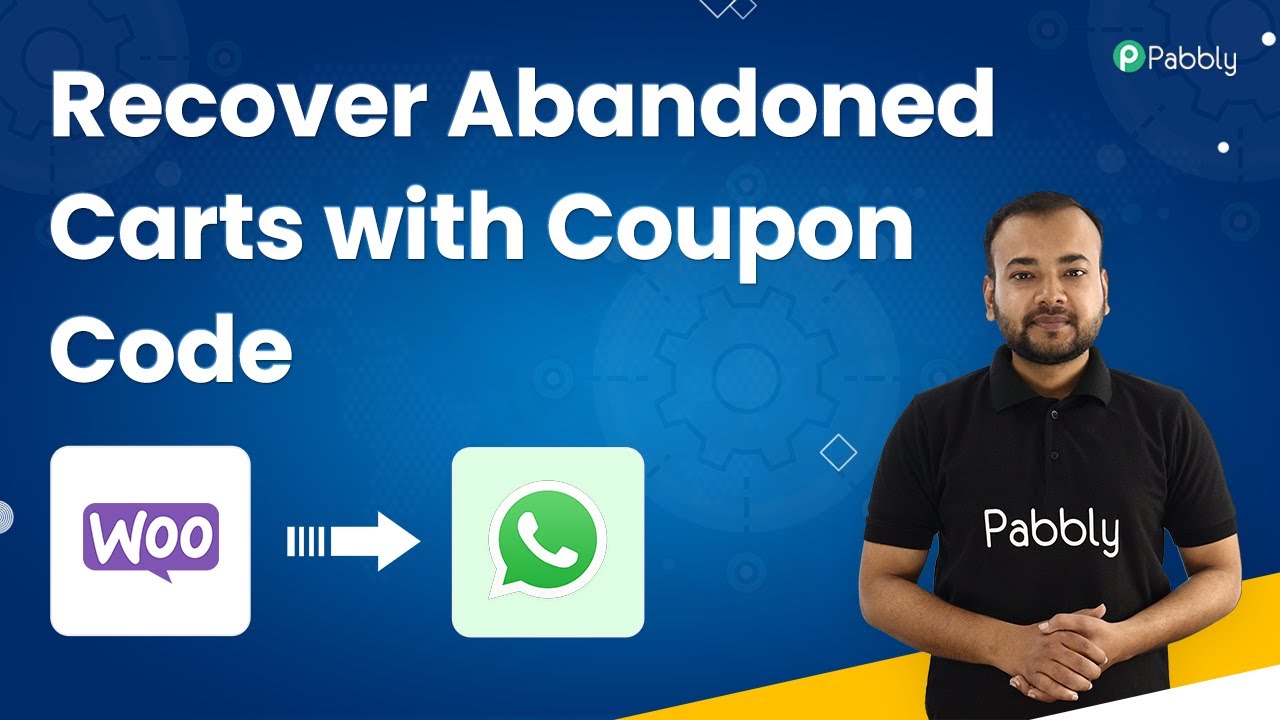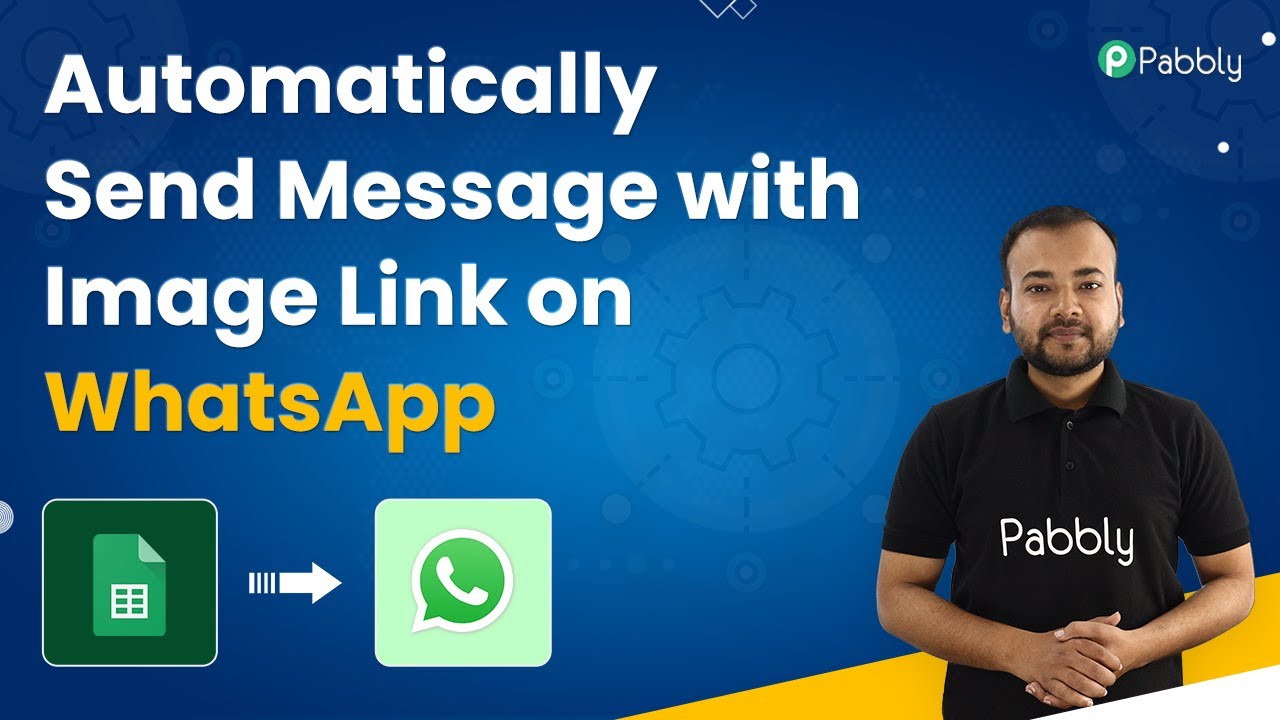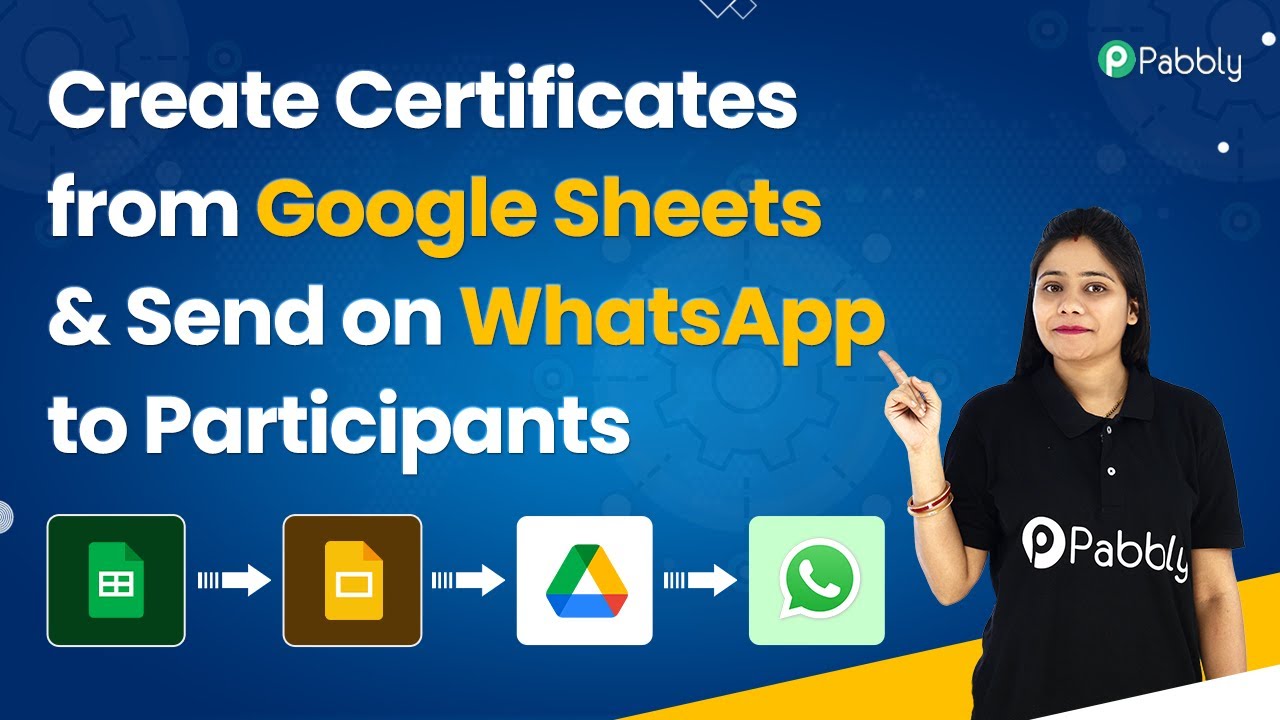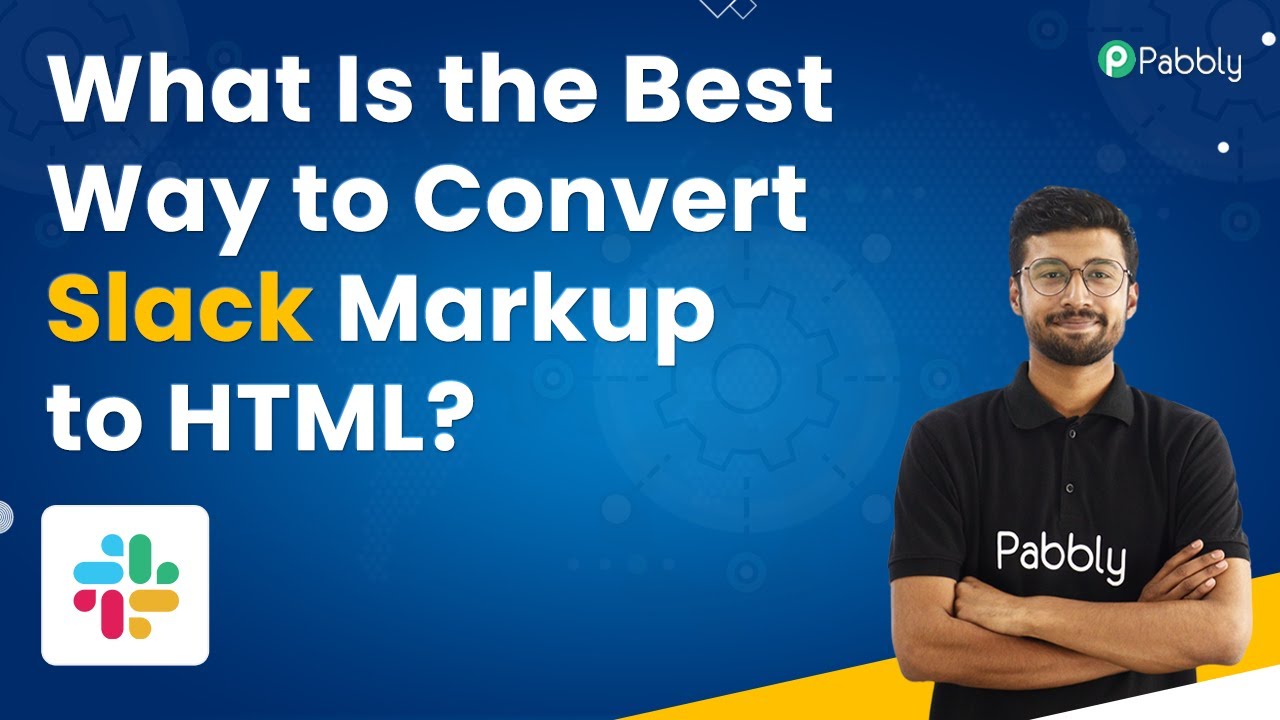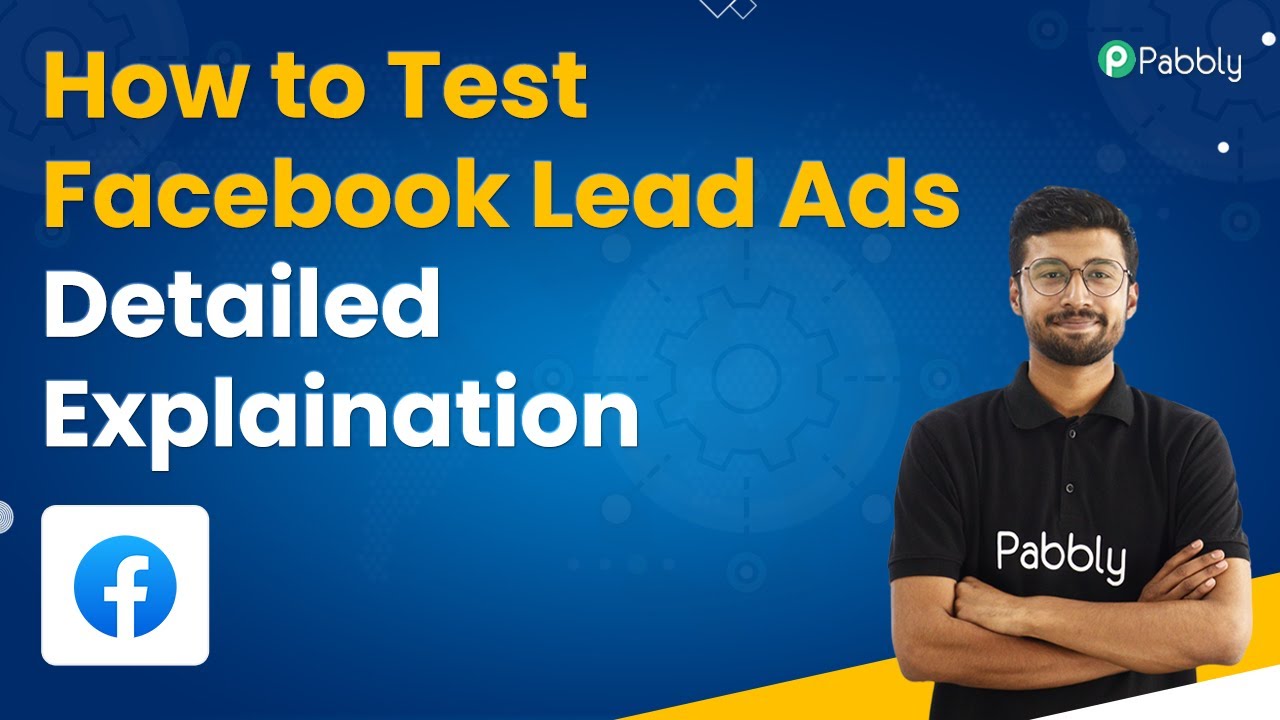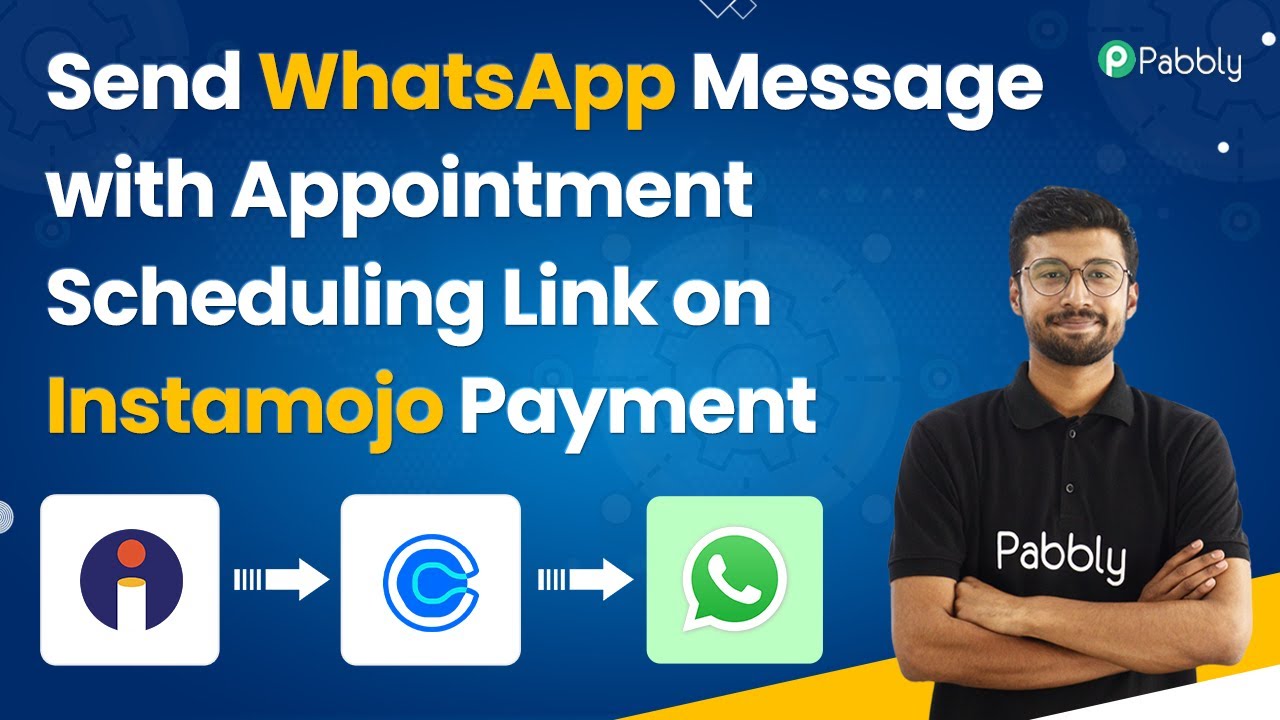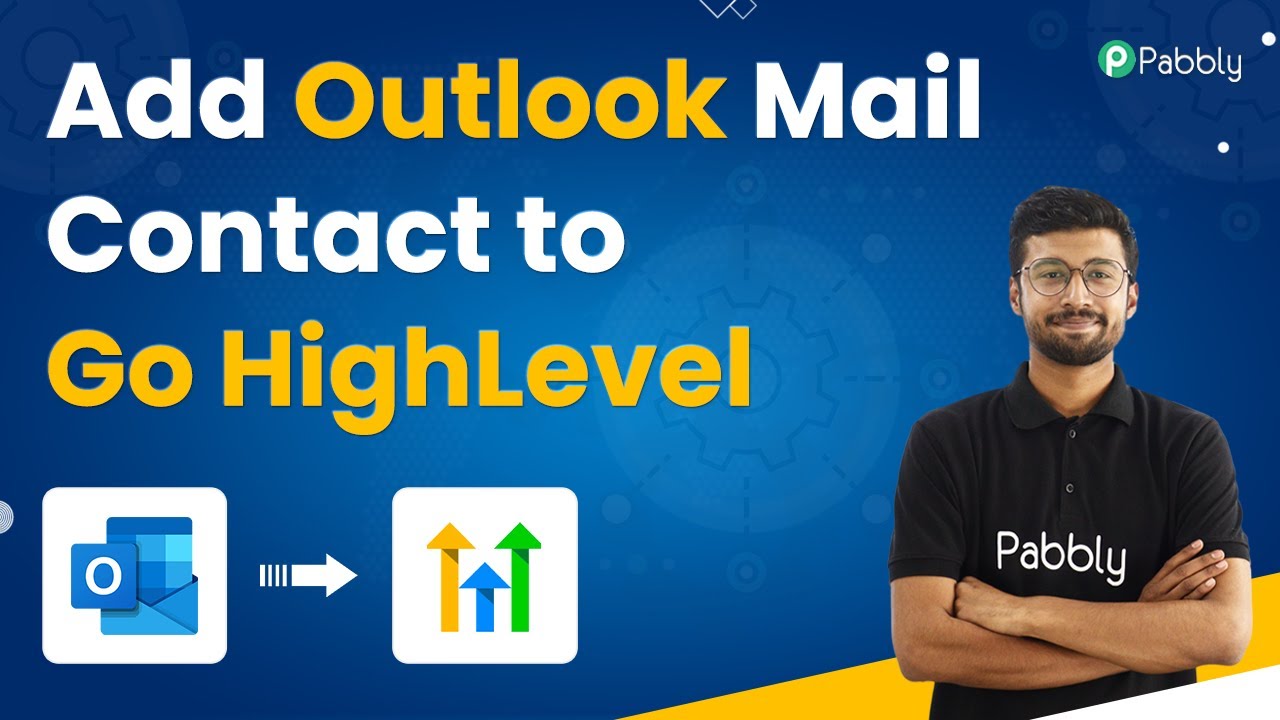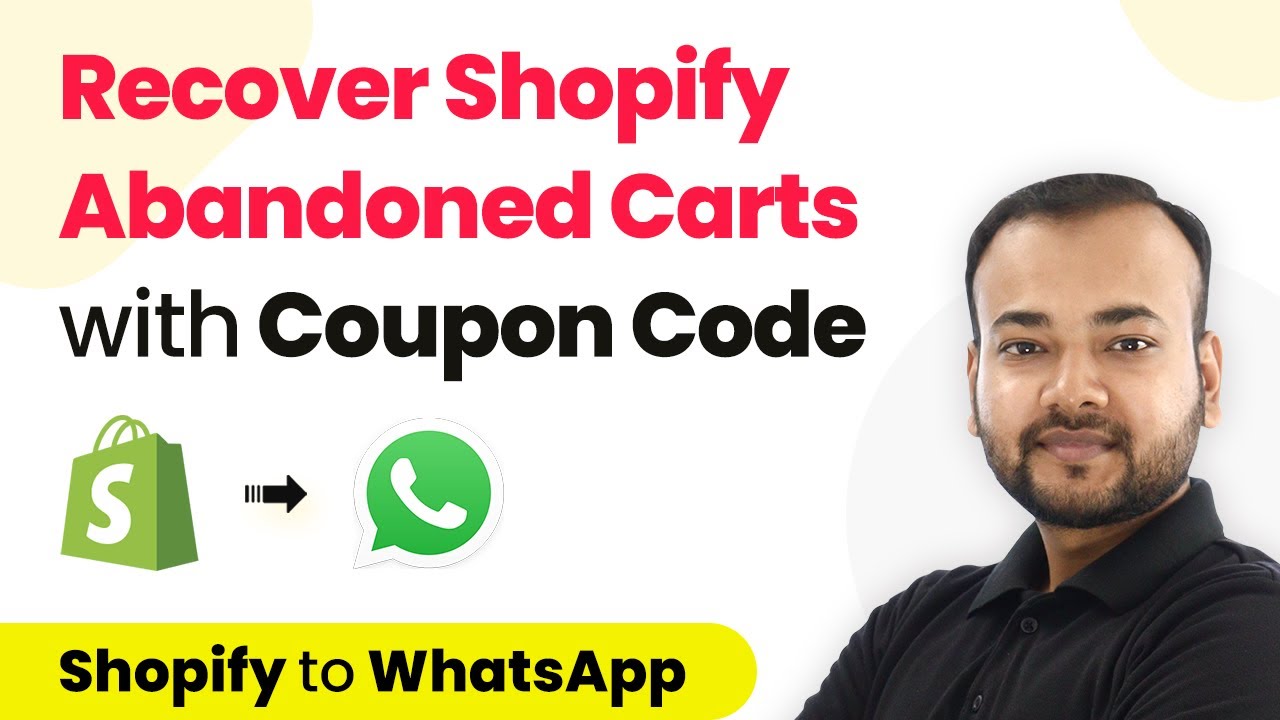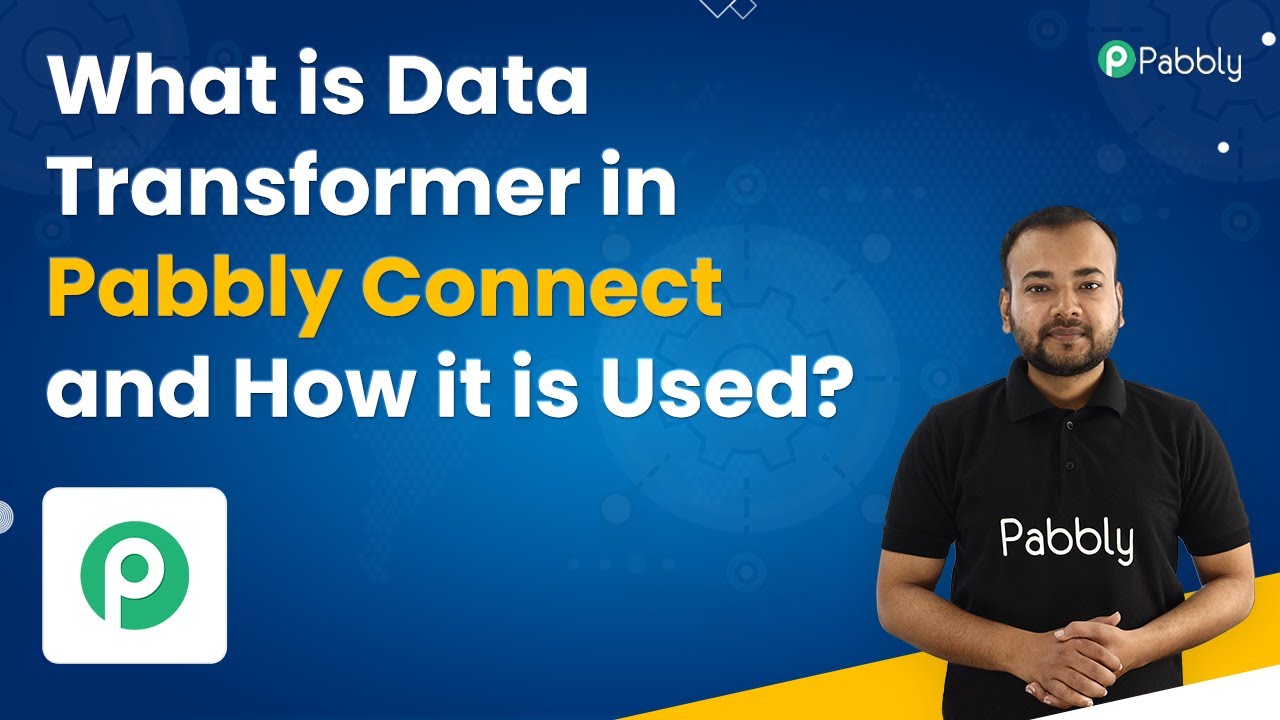Learn how to automatically add new student enrollments from Uteach courses to Google Sheets using Pabbly Connect. Step-by-step tutorial included. This comprehensive guide reveals exactly how to connect your applications and automate repetitive tasks — accessible for professionals of all technical backgrounds.
Watch Step By Step Video Tutorial Below
1. Setting Up Pabbly Connect for Uteach and Google Sheets Integration
To start integrating Uteach with Google Sheets, first access Pabbly Connect. This automation tool enables seamless data transfer between applications. To reach the Pabbly Connect dashboard, simply visit Pabbly.com/connect and sign up or log in.
Once logged in, click on ‘Create Workflow’ and name it appropriately, for example, ‘Uteach to Google Sheets’. This naming helps in identifying the workflow later. You will see two windows: Trigger and Action, which are essential for setting up your automation.
2. Configuring the Trigger with Uteach in Pabbly Connect
In the Trigger window of Pabbly Connect, search for Uteach as the application. Select it to set up the trigger event. Choose ‘New Course Enrollment’ to capture new enrollments automatically.
- Select Uteach from the app options.
- Choose ‘New Course Enrollment’ as the trigger event.
- Connect your Uteach account using the API key and domain from your Uteach settings.
After connecting, click on ‘Save and Send Test Request’ to ensure the trigger is working. This step is crucial as it verifies that Pabbly Connect is receiving data from Uteach.
3. Enrolling a Student in Uteach to Test the Trigger
To test the trigger, enroll a dummy student in your Uteach course. Go to your Uteach dashboard, navigate to the course section, and click on the ‘Enroll Student’ button. Select a student and complete the enrollment process.
After enrolling, return to Pabbly Connect. You should see the enrollment data received in the trigger window, confirming that the integration is functioning correctly. The data will include essential details like the student’s name, email, and course information.
4. Setting Up Google Sheets as the Action in Pabbly Connect
In the Action window, search for Google Sheets. Select it to define what action should occur when a new enrollment is detected. Choose ‘Add New Row’ as the action event. using Pabbly Connect
- Connect your Google Sheets account to Pabbly Connect.
- Select the spreadsheet where you want to add the new enrollment data.
- Map the fields such as User ID, Name, Email, and Course Name to the respective columns in your Google Sheets.
After mapping, click on ‘Save and Send Test Request’ to check if the data is correctly added to your Google Sheets. You should see a confirmation response indicating success.
5. Testing the Entire Workflow in Real-Time
To ensure everything is working seamlessly, enroll another student in Uteach. After completing the enrollment, check your Google Sheets to see if the new student’s data appears automatically. This real-time testing validates the efficiency of Pabbly Connect.
By following these steps, you have successfully automated the process of adding new student enrollments from Uteach to Google Sheets using Pabbly Connect. This integration not only saves time but also minimizes manual errors.
Conclusion
In this tutorial, we explored how to integrate Uteach course enrollments with Google Sheets using Pabbly Connect. This powerful automation tool streamlines the process, ensuring that student data is captured efficiently and accurately.
Ensure you check out Pabbly Connect to create business automation workflows and reduce manual tasks. Pabbly Connect currently offer integration with 2,000+ applications.
- Check out Pabbly Connect – Automate your business workflows effortlessly!
- Sign Up Free – Start your journey with ease!
- 10,000+ Video Tutorials – Learn step by step!
- Join Pabbly Facebook Group – Connect with 21,000+ like minded people!
